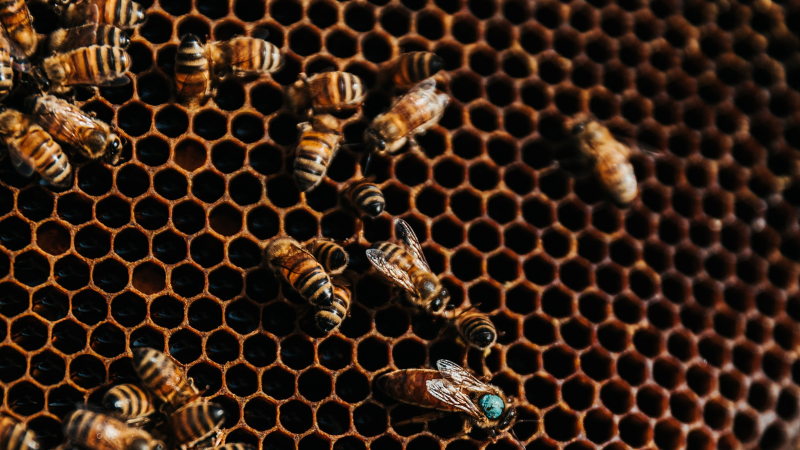by Unión Apinectardev
Description
Today, two-thirds of the mountain terraces are abandoned. Yet the argan tree is at the heart of the agricultural ecosystem of the Argan Biosphere Reserve. The decline of the Argan tree leads to a decrease in the income of village families, who support the community and its livestock, and the development of “maladaptive” behaviors, which highlight the effects of climate change as social inequalities around access to water. This is compounded by low agricultural yields in the area (and a lack of forage grown in very small orchards), offset by overgrazing in the absence of effective collective grazing management. This is weakening the very degraded soils.
Farmers look to the future and focus on projects, investments, changes in business models and changes in behavior. These are all actions that need to be taken now to limit possible damage and build a more resilient, supportive and environmentally friendly society. Create projects that preserve biodiversity and contribute to the development of people’s living conditions.
One example comes from the beekeeping project. Beekeeping helps reduce people’s exposure to the consequences of climate change by providing income to fight poverty and protect forest resources. In Morocco, threatened by desertification and biodiversity loss, this project supports local populations in the attempt to create jobs and stop the migration to bigger cities.
By offering training courses, the APINECTARDEV Union teaches the good methods of conservation of the species to its members, in order to stop the threat of extinction and preserve the bees. This method allows to prepare an extension programme on a farm. It opens the way to modern methods of beekeeping, queen breeding and selection.
Results
The beekeeping project aims to encourage and support a system of sharing the roles and benefits of natural resources between the components of biodiversity, bees and humans.
It also contributes to promote a more sustainable food system by reversing the loss and degradation of the ecosystem in combination with the enhancement of the main products of this ecosystem: argan oil, honey, vegetables and fruits.
Climate smartness*
Beekeping is a successful story as it contributes directly and indirectly to the food and nutritional security of the producers and inhabitants of the biosphere. This production system does not only allow households to diversify their income sources, but it also has the possibility of generating alternative by-products other than honey such as pollen, royal jelly, beeswax, propolis, etc. that together allow generating marketing opportunities to reinforce the beekeeping value chain. It is generally recognized that bees provide one of the most significant ecosystem services for agricultural systems —pollination— that, in addition to being the dominant taxon determining pollination in Argan and other crops (Ajerrar et al., 2020) and therefore directly influencing Argan yield in the region, is also responsible for facilitating the pollination of wild species that in turn fulfill complementary roles in the ecosystem. Apiculture also allows triggering other positive cycles in the food system. For example, when bees play such as an important role for the success of agricultural production, then it is necessary to rethinking the use of any pesticide or input in the pest and diseases management plan, capable to threatening the health of hives, other insects and even humans. Another element in strengthening resilience and exploring mitigation opportunities in this study revolves around the educational component, seeking to facilitate farmer to farmer knowledge exchange (incentivizing dialogue between farmers and consumers), and improving the local knowhow; hence, increasing the possibility of integrating synergistic practices for sustainable beekeeping and complementary agricultural production in this and other projects of the union.
*This is done in the framework of climate-smart agriculture (CSA) approach. Climate-smartness in agriculture means understanding impacts of climate change and variability along with the agricultural activity, which includes the planning of what crop to plant, when to plant, what variety to plant and what type of management practices are needed to reduce the impact on the environment (e.g. emissions reduction), maintain or increase productivity (e.g. yields) while increasing resilience and improving livelihoods.


